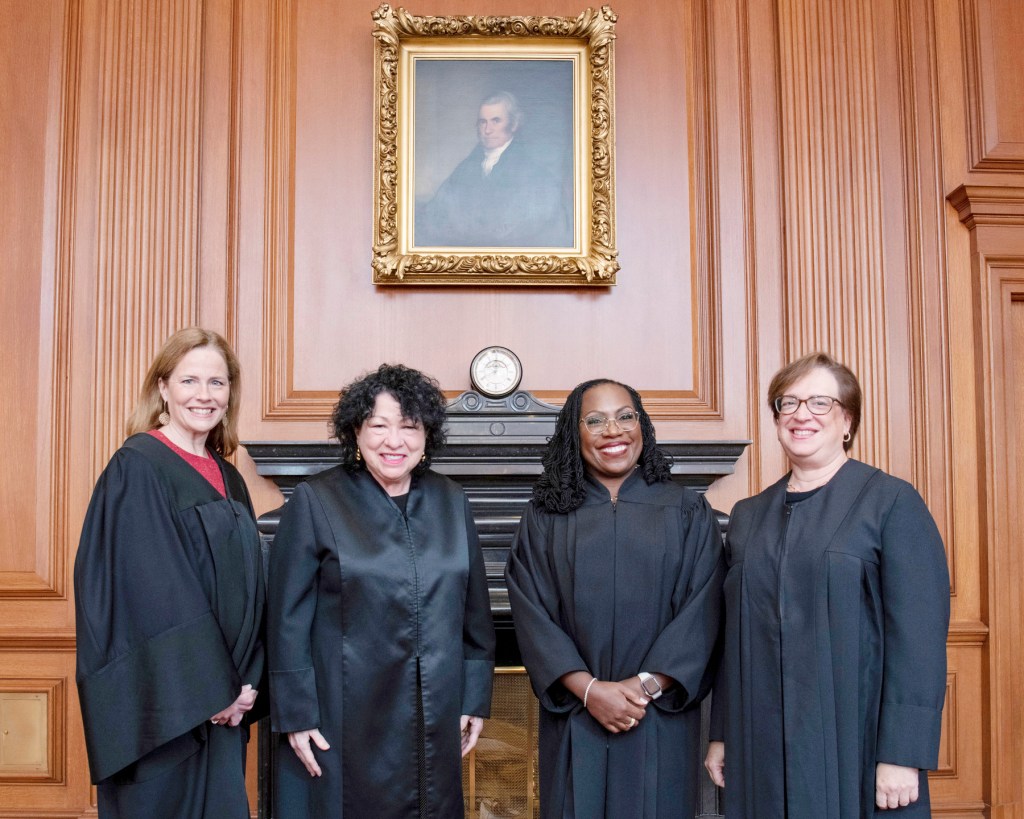By Ivan Sanchez
The recent Supreme Court case of Donald J. Trump v. Norma Anderson et al. tackled the contentious issue of whether states possess the authority to enforce Section 3 of the Fourteenth Amendment against Presidential candidates. The Justices’ opinions shed light on the delicate balance between state and federal powers, particularly in the context of a Presidential election.
Justice Barrett, in her concurrence, stressed the limited scope of the case, which was brought by Colorado voters under state law. She concurred with the majority’s opinion that states lack the power to enforce Section 3, emphasizing that the case did not warrant an examination of whether federal legislation is the exclusive means of enforcing the provision. Justice Barrett underscored the importance of unity among the Justices, particularly during politically charged times like a Presidential election season. She stated, “This suit was brought by Colorado voters under state law in state court. It does not require us to address the complicated question whether federal legislation is the exclusive vehicle through which Section 3 can be enforced.”
Conversely, Justices Sonia Sotomayor, Elena Kagan, and Ketanji-BrownJackson, concurring in the judgment, expressed concerns about the Court’s departure from the principle of judicial restraint. They highlighted the potential consequences of the majority’s decision to address future challenges preemptively, arguing that such an approach was unnecessary and exceeded the bounds of the case at hand. They stressed the importance of respecting federalist principles embedded in the Constitution and cautioned against the Court’s intervention in matters best left to the states. They stated, “We cannot join an opinion that decides momentous and difficult issues unnecessarily, and we therefore concur only in the judgment.”
The crux of the case centered on whether Colorado could disqualify a Presidential candidate from the ballot based on Section 3 of the Fourteenth Amendment. While the majority opinion resolved the immediate issue, it also delved into novel constitutional questions regarding federal enforcement of Section 3. This departure from judicial restraint raised concerns among the concurring Justices, who advocated for a narrower approach focused solely on the case’s specifics.
The Supreme Court’s decision in Trump v. Anderson reflects the complexities inherent in balancing state and federal powers, particularly in the realm of elections and constitutional interpretation. While the Court resolved the immediate dispute, the opinions presented underscored the need for judicial restraint and unity in addressing sensitive legal issues that have far-reaching implications for the nation’s democratic processes.
Copyright 2024 TNTRIBUNE, All right reserved.


